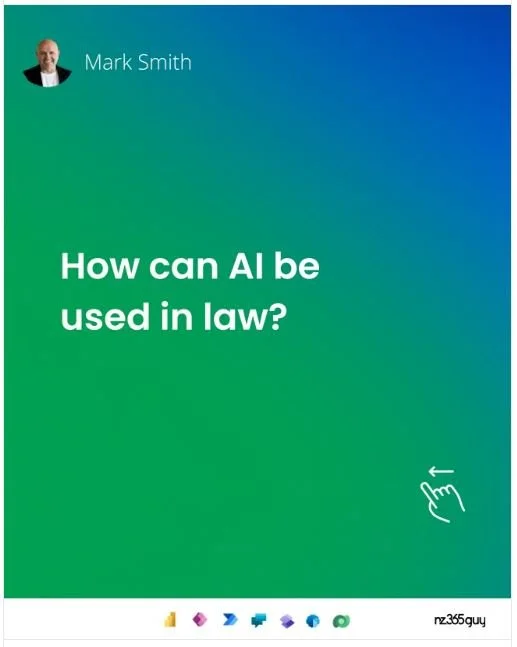How can AI be used in law?
How can AI be used in law?
AI can help automate routine tasks and streamline workflows in the legal industry, leading to increased efficiency and cost savings.
When less time is spent on manual tasks and generating ideas from scratch, lawyers can dedicate more time to clients.
Here's how:
👉 E-Discovery
Searching for electronic information relevant to cases makes the process quicker and more precise.
👉 Legal research
AI-driven tools transform legal research by enabling lawyers to sift through databases of regulations and case laws in no time. These tools provide comprehensive insights across various practice areas, facilitating a more thorough understanding of legal precedents and nuances. This level of efficiency in legal research was previously unattainable, empowering legal professionals to build stronger cases and strategies.
👉 Document management and automation
The transition from paper-based to digital documents introduces challenges in storage and organisation. AI-driven document management systems address these challenges head-on by automating document categorisation, tagging, and retrieval.
Enhanced search functionalities and security measures ensure that sensitive information is both accessible to authorised users and protected from unauthorised access. This streamlines workflow and reduces the risk of data breaches.
👉 Due Diligence
By automating the review documents, AI enables legal professionals to identify critical information, such as specific clauses or compliance issues, much faster than traditional methods. This efficiency reduces the manual effort and time investment, allowing lawyers to focus on analysis and strategy.
AI in law is not about replacing human expertise but augmenting it, providing lawyers more time to focus on delivering superior client service and making justice more accessible.
The time to leverage AI in law is now.
What do you think?
Get in touch to find out how I can help.

